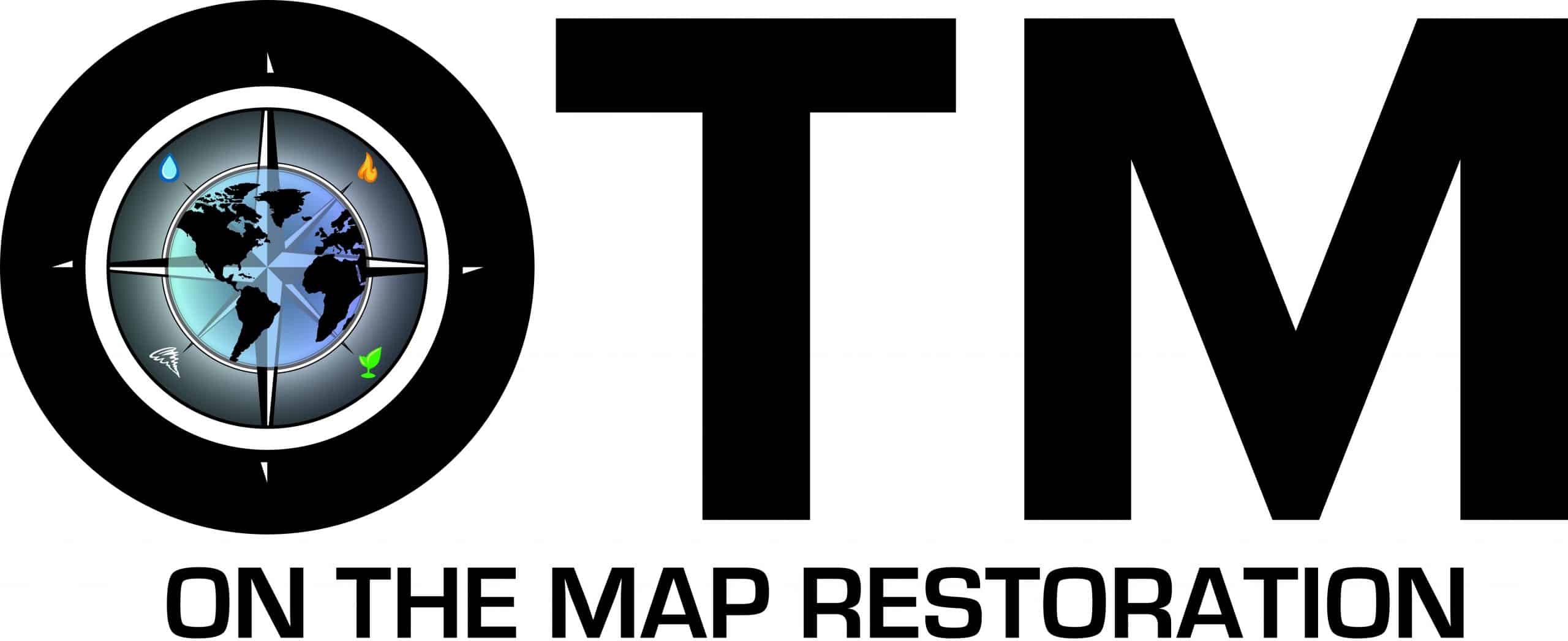
MOLD REMEDIATION – FAQ
Confronting mold damage in your property? Navigate through this challenge with confidence by checking out OTM Restoration’s informative FAQ section on Mold Remediation. Learn about the best practices, safety measures, and effective strategies to tackle mold issues. Gain valuable insights and take proactive steps towards a safe and thorough restoration. Visit our Mold Remediation FAQs today for expert guidance!
What is household mold?
Mold is a fungus that grows naturally in damp places. The spores of mold can float through the air, land on surfaces, and grow. In some cases, mold growth can cause discoloration or spots on walls, or it may smell musty. Some molds are toxic to people and pets.
Is all mold dangerous?
Not all mold is dangerous. However, the American Lung Association has determined that indoor mold can be hazardous to your health. Mold can produce toxic compounds and mycotoxins, cause allergic reactions and exacerbate asthma. Young children, elderly adults, and people with weakened immune systems are particularly prone to health problems from mold exposure.
How can I tell if there is mold in my home?
A professional inspection is the best way to tell if there is mold in your home. A qualified inspector will be able to identify the signs, including discoloration on surfaces, musty odors and stains, trapped moisture, and more.
What does mold damage look like?
Mold damage can look like stained walls, mold spots on ceiling tiles or wood, and black or green patches on sheetrock. Improper ventilation allows water to build up, and the indoor humidity surpasses the normal range. Some molds may be tough to see, but they still cause health concerns as they grow in your home or office space.
What should I do if I find mold in my home?
If you find mold growing in your home, there are a few steps to take before deciding whether it’s necessary to consult a professional. The first step is to find out if the mold has spread. If only a small area of mold exists on furniture or wallpaper, you can clean it yourself using simple cleaning products. If the mold is on walls or floors and appears healthy and fuzzy, you can wash it away with water. However, if you see any signs of black or brown mottling on walls, ceilings, or floors, such as spreading from one area into another, you should consult a professional.
Should I test for mold myself?
Mold testing uses various methods that detect mold spores in the air or on surfaces, or mold colonies’ growth in building materials samples. Any test should by a qualified professional who can interpret the results, advise on particular situations and recommend follow-up actions and steps (e.g., removal or remediation of mold).
Do I have to leave my house if there is mold?
If you suspect mold in your home, it is essential to take action. Please don’t ignore the signs of a mold infestation, as it can harm your health. It is best to consult with a professional who will do a thorough inspection and discuss options for remediation.
Does the type of mold really matter?
Mold can cause health problems, especially in children or people with weakened immune systems. CDC recommends clearing any mold from your home, no matter what kind. If you have had a problem with mold growing in your home, you should fix it to prevent more mold from returning as soon as possible.
Who is responsible for paying for mold remediation?
Generally, the homeowner is responsible for paying for mold remediation efforts. However, if the tenant believes their living conditions are reasonable and quality, they may be able to make a claim against their landlord and ask for compensation for the costs. Insurance companies can also pay for mold remediation damage if it results from weather events or other circumstances that were not reasonably preventable by the homeowner or renter.
How can homeowners prevent mold growth?
Drying out any water-damaged areas is a fast and effective way to prevent mold growth in your home. The first sign of a leak, or any drywall damage, should be addressed immediately by spraying it with water and covering it with a plastic bag. Remove all moisture-susceptible items from the affected room, such as carpeting and furniture. Keep windows closed to prevent air circulation until the area is clear. After drying out the affected space, contact a professional mold remediation company for professional cleaning services.




